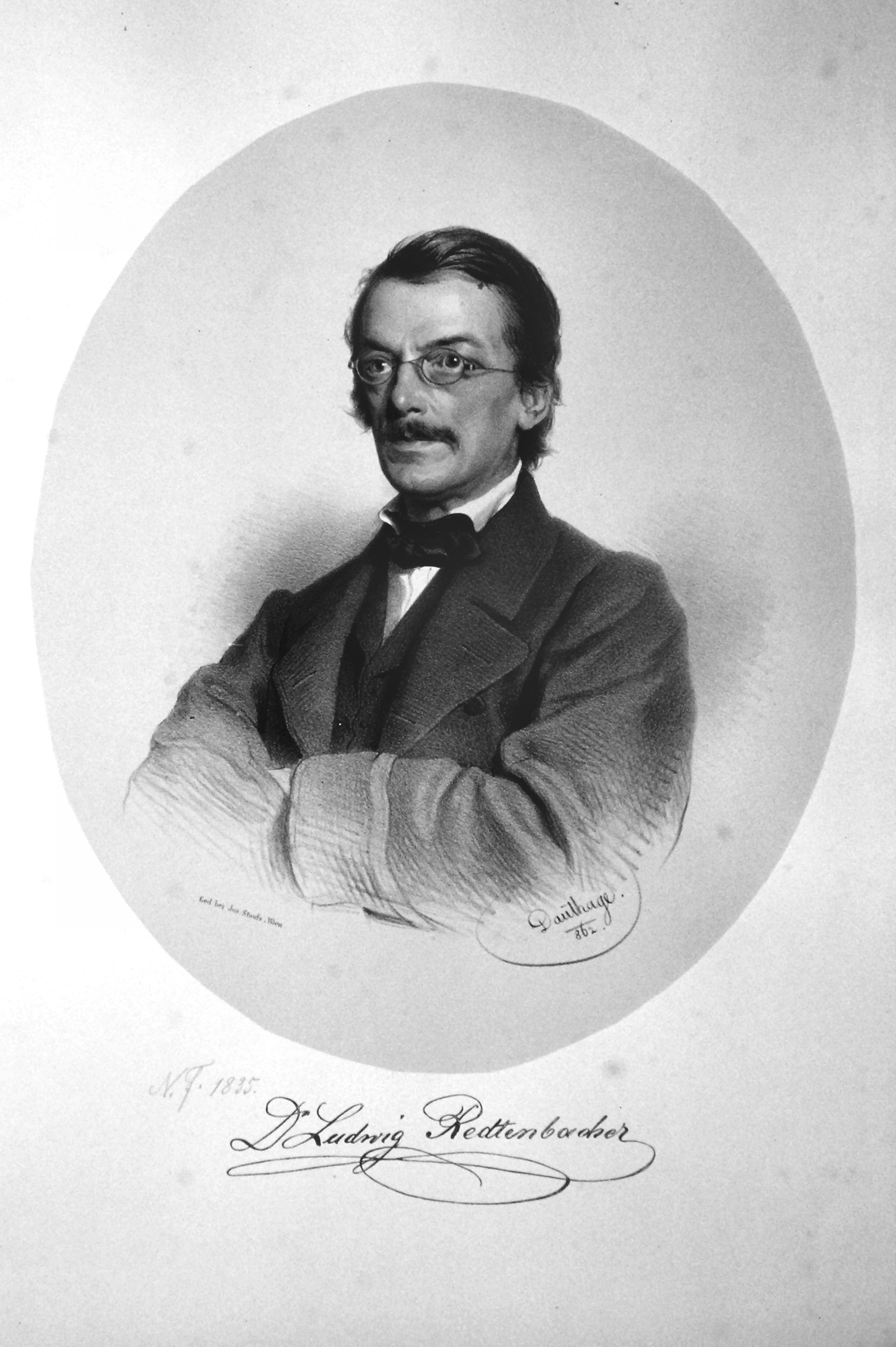|
Agathemera
''Agathemera'' is a genus of stick insects in the suborder Euphasmatodea and superfamily Pseudophasmatoidea. It consists of several species limited to the mountainous regions of Argentina, Bolivia, Chile and Peru. This genus is the sole representative of the monotypic family Agathemeridae and tribe Agathemerini; it was also placed in the suborder Agathemerodea, but the latter is now considered of doubtful validity. Species The ''Phasmida Species File'' includes following species: # ''Agathemera claraziana'' ( Saussure, 1868) # ''Agathemera crassa'' (Blanchard, 1851) - type species (as ''Anisomorpha pardalina'' Westwood) # ''Agathemera elegans'' (Philippi, 1863) # ''Agathemera grylloides'' ( Westwood, 1859) # ''Agathemera luteola'' Camousseight, 2006 # ''Agathemera maculafulgens'' Camousseight, 1995 # ''Agathemera mesoauriculae'' Camousseight, 1995 # ''Agathemera millepunctata ''Agathemera'' is a genus of stick insects in the suborder Euphasmatodea and superfamily Pseudophasm ... [...More Info...] [...Related Items...] OR: [Wikipedia] [Google] [Baidu] |
Phasmatodea Genera
The Phasmatodea (also known as Phasmida, Phasmatoptera or Spectra) are an order of insects whose members are variously known as stick insects, stick-bugs, walking sticks, stick animals, or bug sticks. They are also occasionally referred to as Devil's darning needles, although this name is shared by both dragonflies and crane flies. They can be generally referred to as phasmatodeans, phasmids, or ghost insects, with phasmids in the family Phylliidae called leaf insects, leaf-bugs, walking leaves, or bug leaves. The group's name is derived from the Ancient Greek ', meaning an apparition or phantom, referring to their resemblance to vegetation while in fact being animals. Their natural camouflage makes them difficult for predators to detect; still, many species have one of several secondary lines of defense in the form of startle displays, spines or toxic secretions. Stick insects from the genera '' Phryganistria'', '' Ctenomorpha'', and '' Phobaeticus'' include the world's l ... [...More Info...] [...Related Items...] OR: [Wikipedia] [Google] [Baidu] |
Ludwig Redtenbacher
Ludwig Redtenbacher (June 10, 1814 in Kirchdorf an der Krems, Austria – February 8, 1876 in Vienna) was an Austrian doctor and entomologist mainly interested in beetles. He was the brother of the chemist Josef Redtenbacher (1810–1870). From 1833 to 1838, he studied medicine at the University of Vienna, becoming a salaried trainee in 1840. In 1843, he earned his medical doctorate, afterwards working as an assistant with the entomological collection of the ''Hofnaturalienkabinett'' (from 1847). In 1851, he became a professor of zoology in Prague and, from 1860, he was director of the Vienna Natural History Museum. Although Redtenbacher worked mainly on the beetles of Austria, his new approach to classification or, in German, "''analytischen''" was widely adopted. He is also significant for his work involving beetles collected on the voyage of the ''Novara'', an Austrian frigate that went on a round-the-world scientific expedition between 1857 and 1859. He also described many ... [...More Info...] [...Related Items...] OR: [Wikipedia] [Google] [Baidu] |
.jpg)
